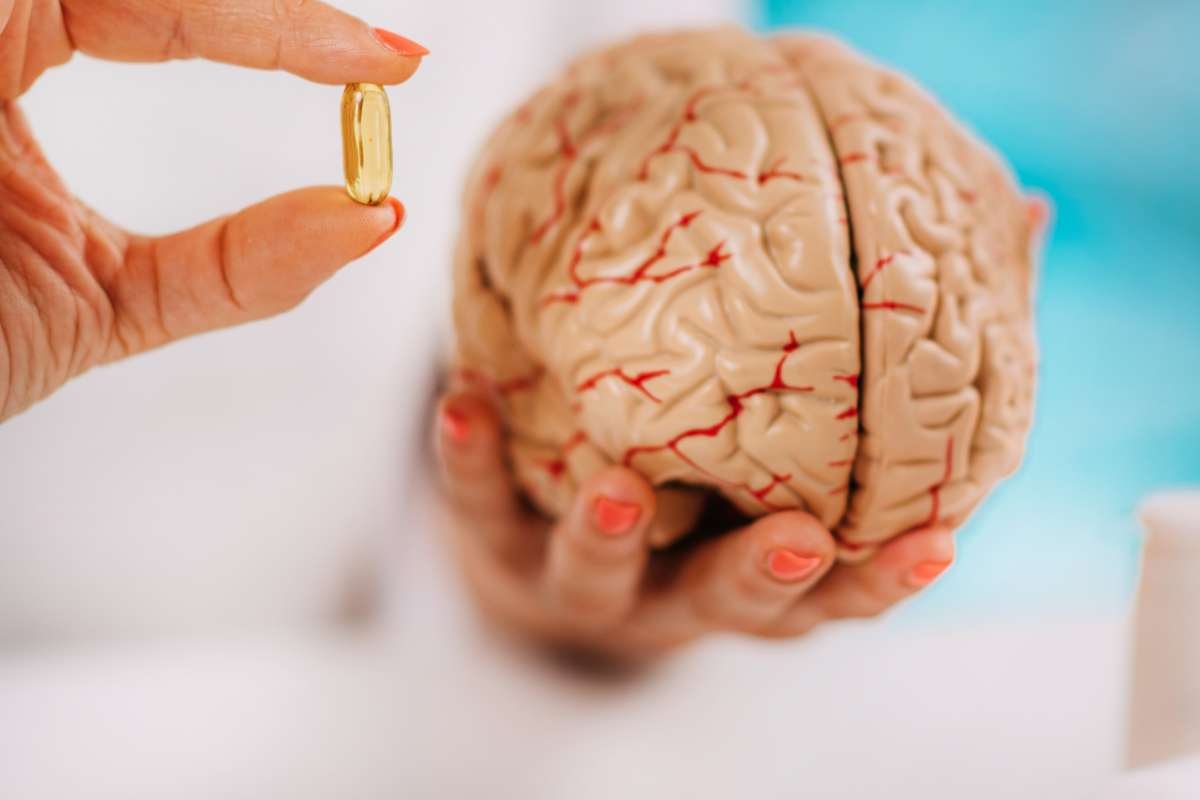The human brain is one of the most complex and fascinating organs in the body. It controls every aspect of our thoughts, emotions, and actions. But what truly sets it apart is its incredible ability to adapt and reorganize itself. This remarkable capacity, known as brain plasticity or neuroplasticity, is at the heart of learning, memory, recovery from injury, and even personal transformation.
In this article, we will explore what brain plasticity is, how it works, its implications for mental and physical health, and ways to enhance it.
What is Brain Plasticity?
Brain plasticity refers to the brain’s ability to change its structure and function in response to experiences, learning, or injury. Unlike the outdated belief that the adult brain is static and incapable of change, modern neuroscience has proven that the brain remains dynamic throughout life.
Plasticity occurs at various levels in the brain, including:
- Structural plasticity: Changes in the physical structure of the brain, such as the growth of new neurons (neurogenesis) or the strengthening of neural connections.
- Functional plasticity: The brain’s ability to shift functions from one area to another, often observed when individuals recover from brain injuries.
Brain plasticity is the reason we can acquire new skills, recover from setbacks, and adapt to changing circumstances.
How Brain Plasticity Works?
Brain plasticity is driven by the brain’s neural networks, which are composed of billions of neurons interconnected by synapses. When we learn something new or engage in repetitive practice, certain neural pathways are strengthened through a process called synaptic plasticity.
This process can be understood through the following mechanisms:
- Hebbian learning: Coined by psychologist Donald Hebb, this principle states, “Neurons that fire together, wire together.” When two neurons are repeatedly activated simultaneously, their connection becomes stronger. This is the basis of skill acquisition and memory formation.
- Long-term potentiation (LTP): This process enhances the strength of synaptic connections over time, making it easier for neurons to communicate.
- Synaptic pruning: The brain eliminates weaker, less-used connections to optimize neural efficiency. This is particularly active during childhood and adolescence.
These mechanisms underline the brain’s adaptability and its capacity to rewire itself in response to external stimuli or internal needs.
Benefits of Brain Plasticity
The concept of brain plasticity has profound implications for health, learning, and overall well-being. Here are some of its key benefits:
1. Enhanced Learning and Memory
Brain plasticity is the foundation of all learning. From mastering a new language to playing an instrument, neuroplasticity allows the brain to encode new information, strengthen neural networks, and retrieve memories.
2. Recovery from Brain Injuries
In cases of stroke, traumatic brain injury, or neurodegenerative conditions, brain plasticity plays a vital role in recovery. The brain can reorganize itself to transfer lost functions to undamaged areas, enabling patients to regain mobility, speech, and other capabilities.
3. Adaptability in Aging
While cognitive decline is a natural part of aging, brain plasticity can help mitigate its effects. Engaging in mentally stimulating activities, such as puzzles or learning new skills, can keep the brain resilient and active.
4. Improved Emotional Resilience
Brain plasticity also influences emotional health. Practices like mindfulness and cognitive-behavioral therapy (CBT) can reshape neural pathways associated with stress, anxiety, and depression, fostering greater emotional resilience.
Factors that Enhance Brain Plasticity
While the brain is naturally plastic, certain activities and habits can enhance its adaptability and promote positive changes.
1. Physical Exercise
Regular aerobic exercise increases blood flow to the brain, supporting the growth of new neurons and strengthening synaptic connections. Exercise has been shown to boost memory, attention, and overall cognitive function.
2. Lifelong Learning
Challenging the brain with new information and skills keeps it flexible. Activities like learning a new language, playing a musical instrument, or solving puzzles can stimulate neuroplasticity.
3. Mindfulness and Meditation
Mindfulness practices can rewire the brain to enhance focus, emotional regulation, and stress management. Studies show that meditation increases the thickness of the prefrontal cortex, which is responsible for decision-making and attention.
4. Adequate Sleep
Sleep is critical for brain health. During sleep, the brain consolidates memories, clears toxins, and strengthens neural connections. Poor sleep, on the other hand, can impair cognitive function and hinder plasticity.
5. Nutrition
A diet rich in omega-3 fatty acids, antioxidants, and other nutrients supports brain health and neuroplasticity. Foods like fatty fish, nuts, berries, and leafy greens can protect the brain and enhance its adaptability.
6. Social Interaction
Meaningful social connections stimulate the brain and promote emotional and cognitive well-being. Engaging in conversations and group activities can foster new neural connections.
Brain Plasticity and Mental Health
Neuroplasticity has transformative implications for mental health treatment. Therapies such as CBT, mindfulness-based stress reduction (MBSR), and exposure therapy leverage the brain’s plasticity to change maladaptive thought patterns and behaviors.
For example:
- Depression: Studies show that CBT can reshape neural networks associated with negative thinking, helping individuals adopt a more positive outlook.
- Post-Traumatic Stress Disorder (PTSD): Trauma-focused therapies can help “reprogram” the brain’s fear response, reducing symptoms over time.
Brain Plasticity and Technology
Recent advancements in technology have opened new frontiers for harnessing brain plasticity.
1. Brain-Computer Interfaces (BCIs)
BCIs allow direct communication between the brain and external devices. These technologies hold promise for restoring mobility in individuals with paralysis and enhancing cognitive functions.
2. Virtual Reality (VR)
VR-based therapies are being used to stimulate brain plasticity in patients recovering from stroke or other injuries. By creating immersive, interactive environments, VR helps rewire the brain to regain lost abilities.
3. Neurofeedback
This technique uses real-time monitoring of brain activity to teach individuals how to regulate their neural patterns. Neurofeedback is being explored as a treatment for ADHD, anxiety, and chronic pain.
Challenges and Misconceptions
While brain plasticity is a powerful phenomenon, it is not without limitations. Some challenges include:
- Slower plasticity with age: While the brain remains plastic throughout life, its adaptability tends to decline with age.
- Negative plasticity: Just as the brain can develop positive habits, it can also reinforce negative patterns, such as addiction or maladaptive behaviors.
Additionally, it’s important to debunk some common myths about brain plasticity:
- Myth: “You only use 10% of your brain.”
- Fact: The entire brain is active, even during rest, and brain plasticity involves the interaction of multiple regions.
- Myth: “Brain plasticity can fix any injury.”
- Fact: While plasticity aids recovery, severe injuries or neurodegenerative diseases may cause irreversible damage.
The Future of Brain Plasticity Research
Ongoing research continues to uncover new dimensions of brain plasticity. Scientists are exploring ways to harness this phenomenon to treat conditions like Alzheimer’s, Parkinson’s, and multiple sclerosis. Breakthroughs in stem cell therapy and genetic engineering may also unlock unprecedented possibilities for repairing and regenerating brain tissue.
Moreover, the growing field of neuroeducation aims to integrate brain plasticity principles into teaching methods, making learning more effective and accessible.
Conclusion
As research continues to deepen our understanding of this phenomenon, the possibilities for improving mental and physical well-being through brain plasticity are virtually limitless. Whether you’re striving to learn a new skill, recover from an injury, or simply enhance your quality of life, always remember that the power to change lies within your brain.








